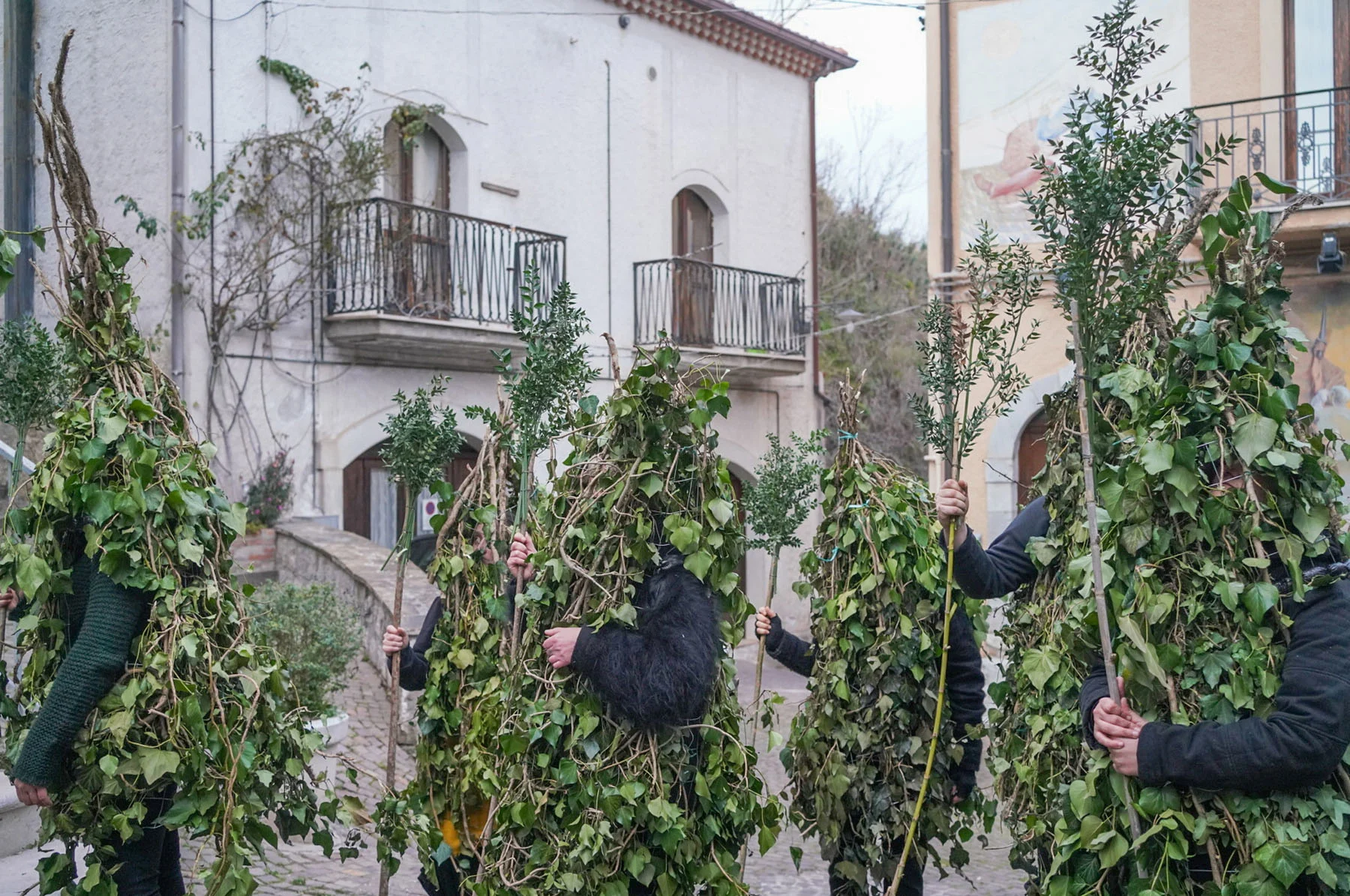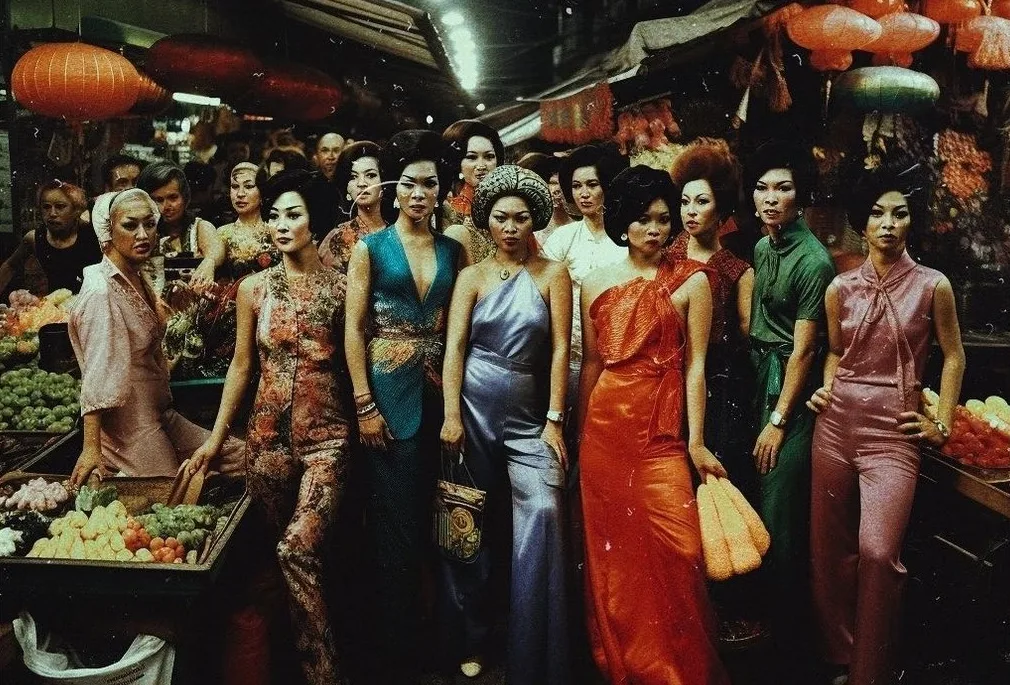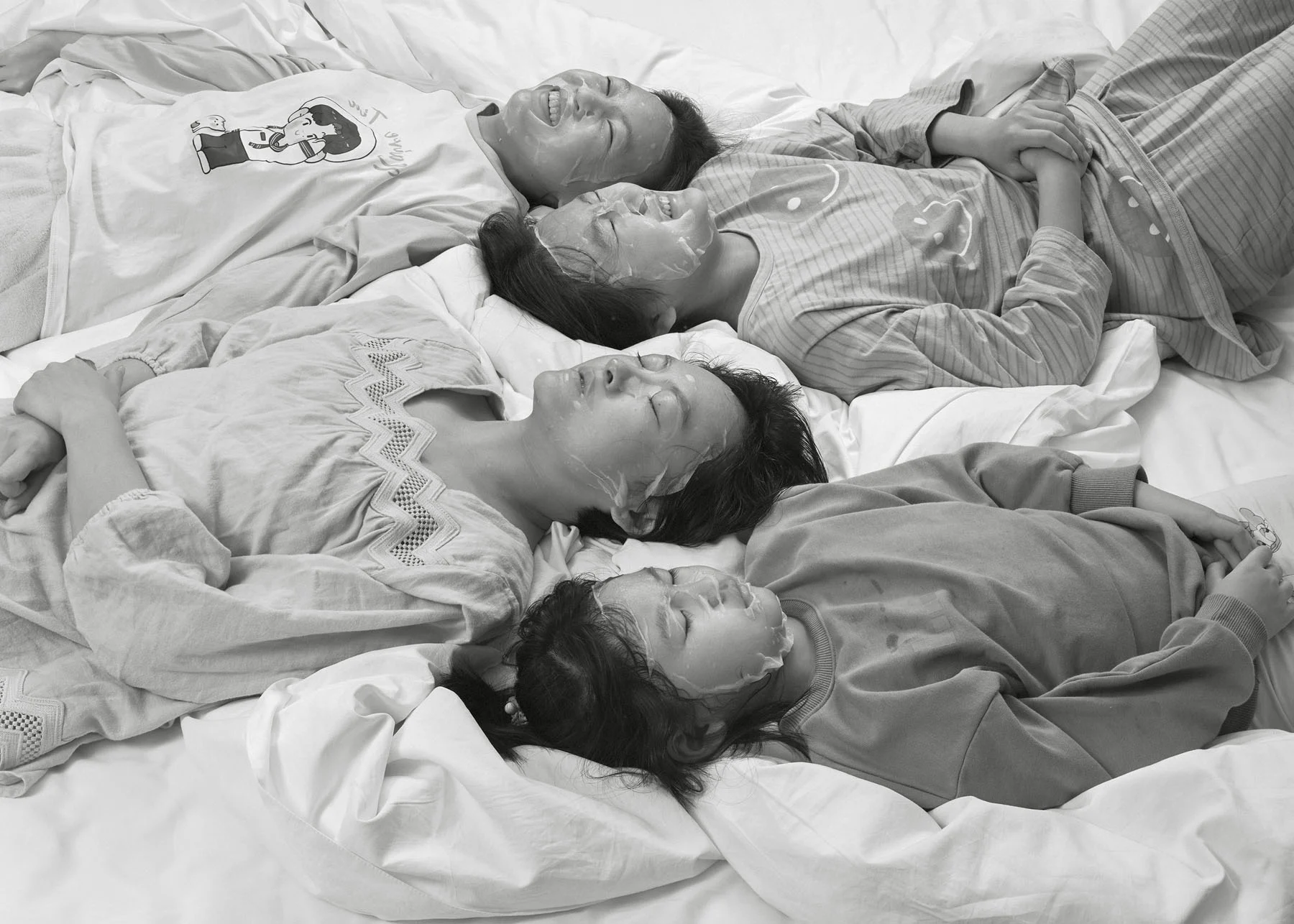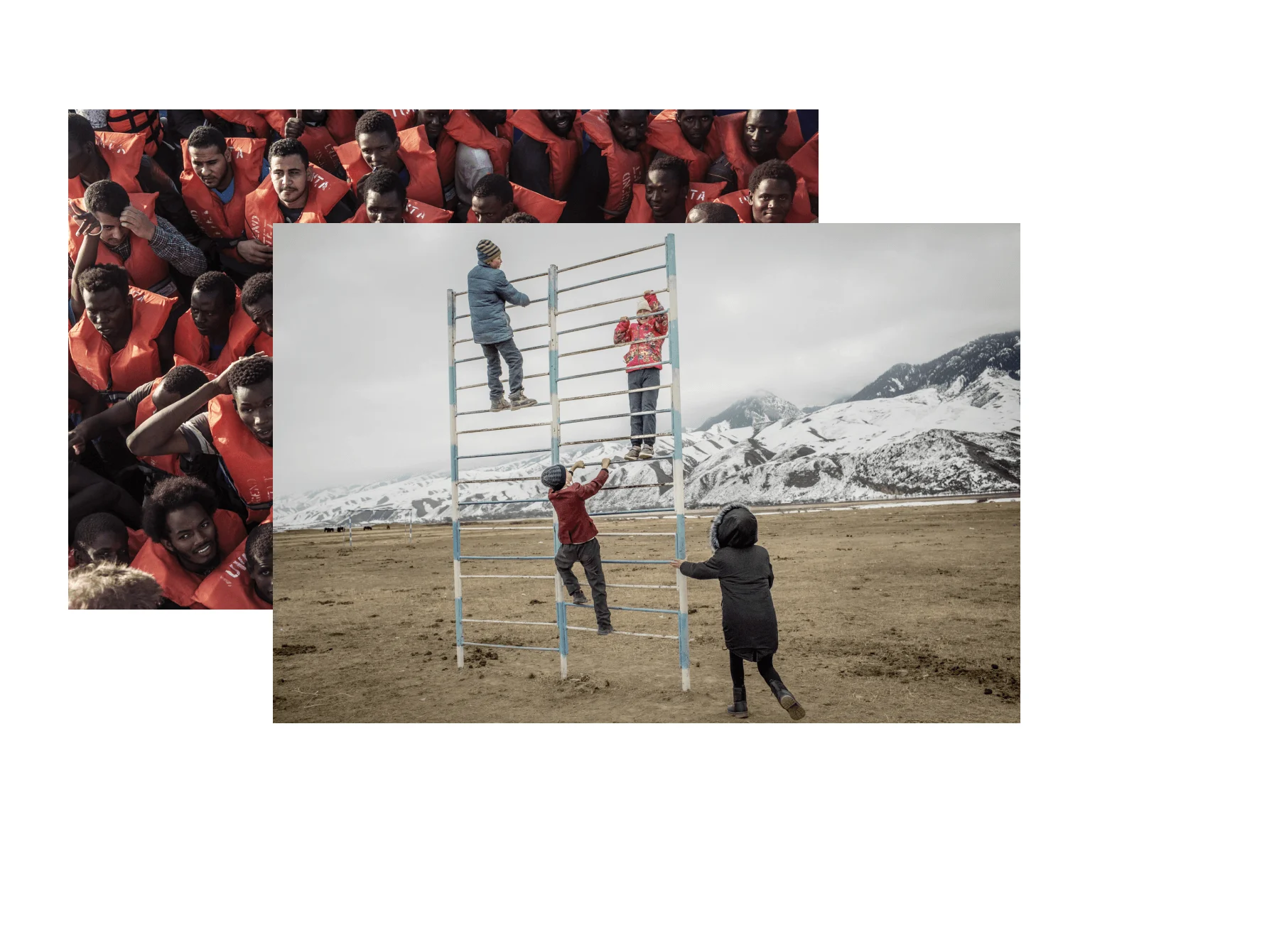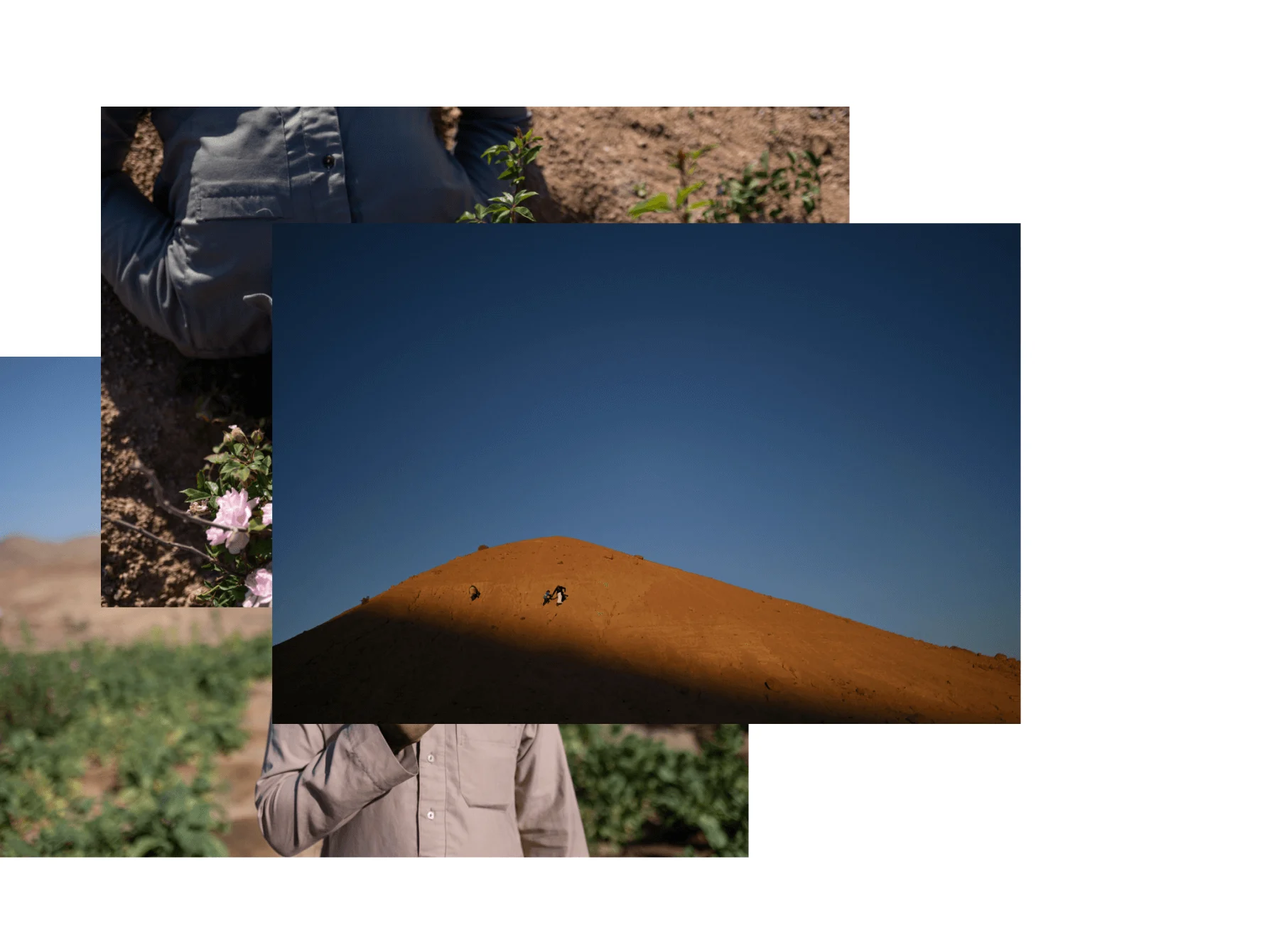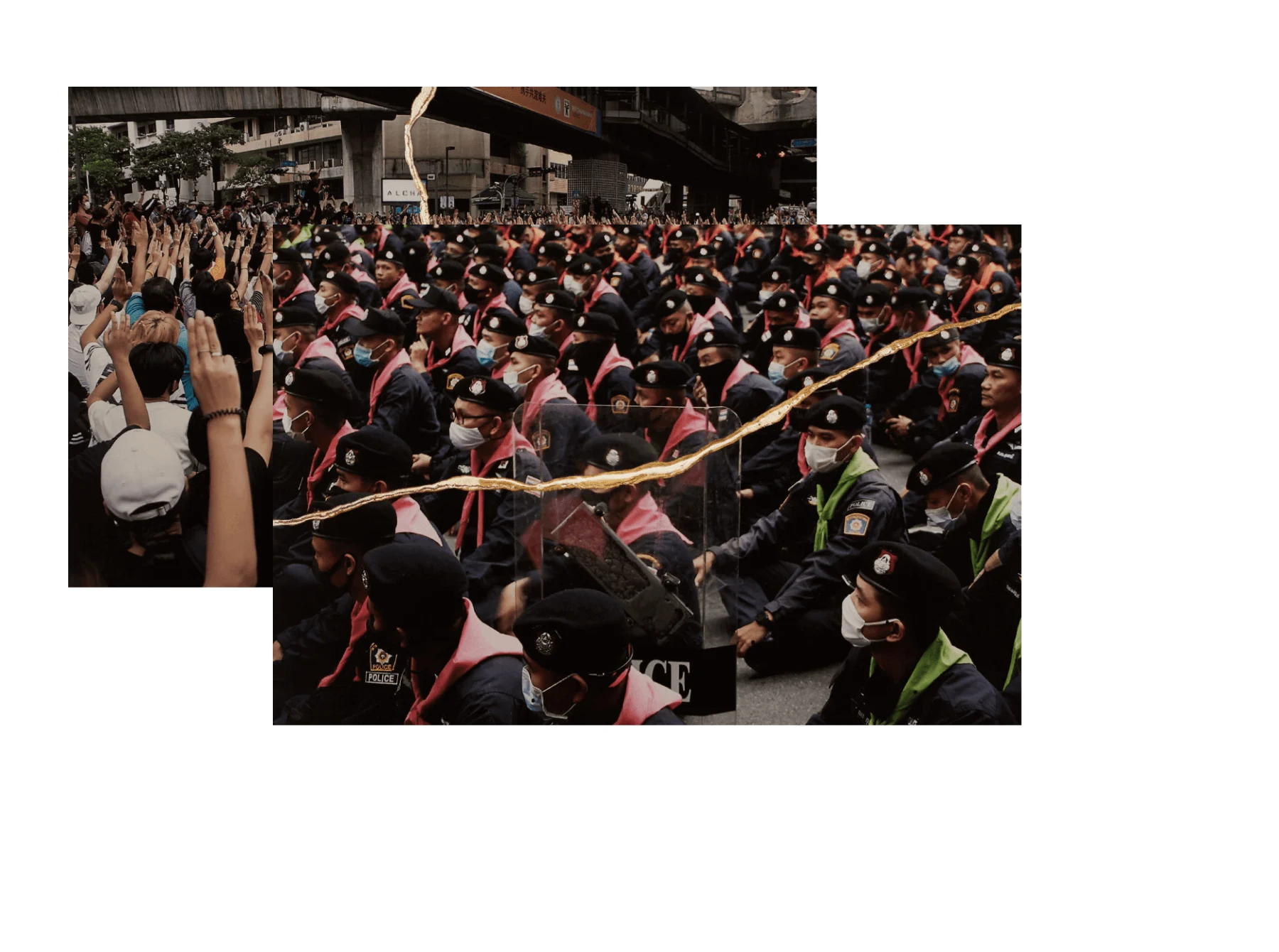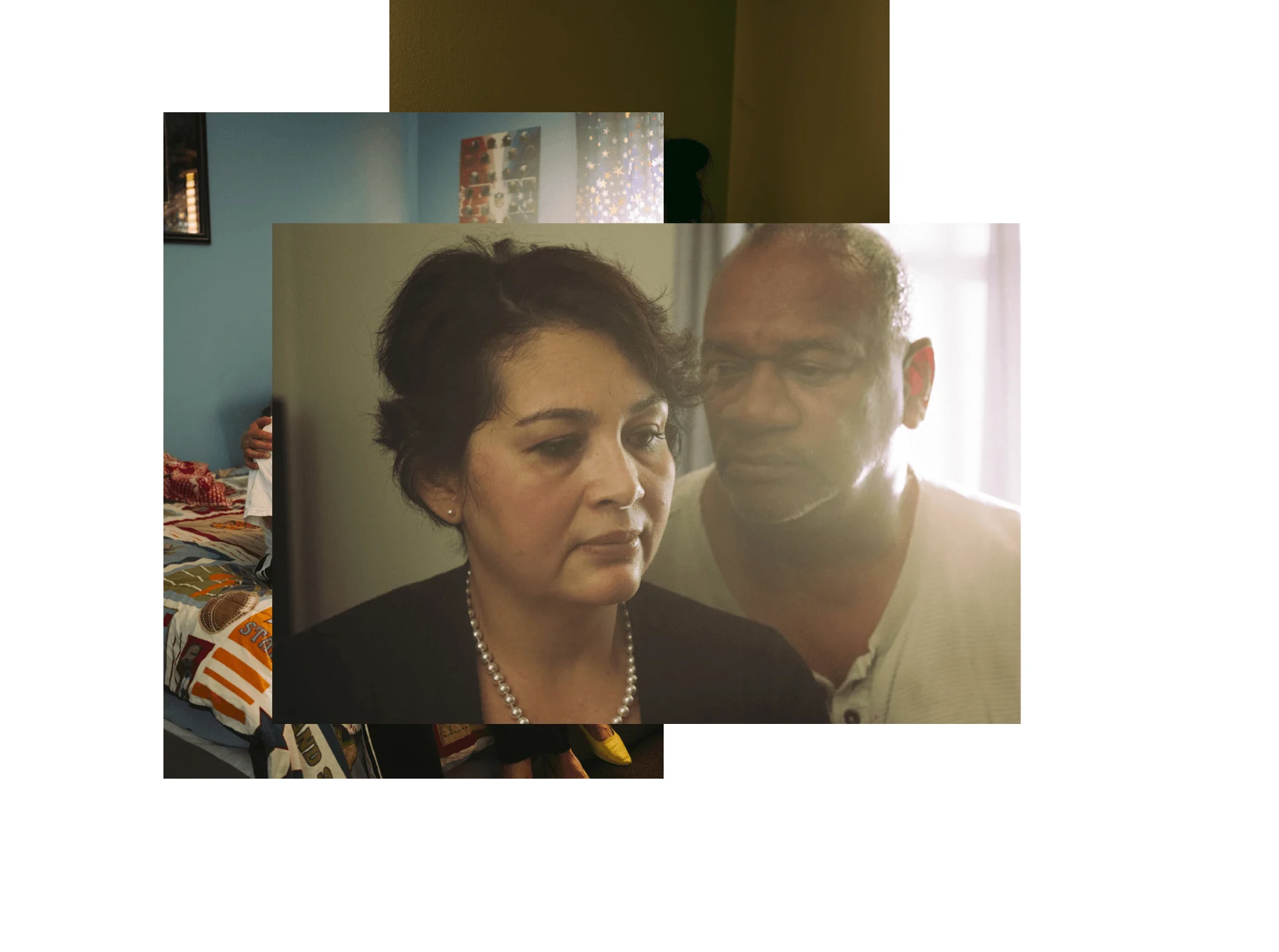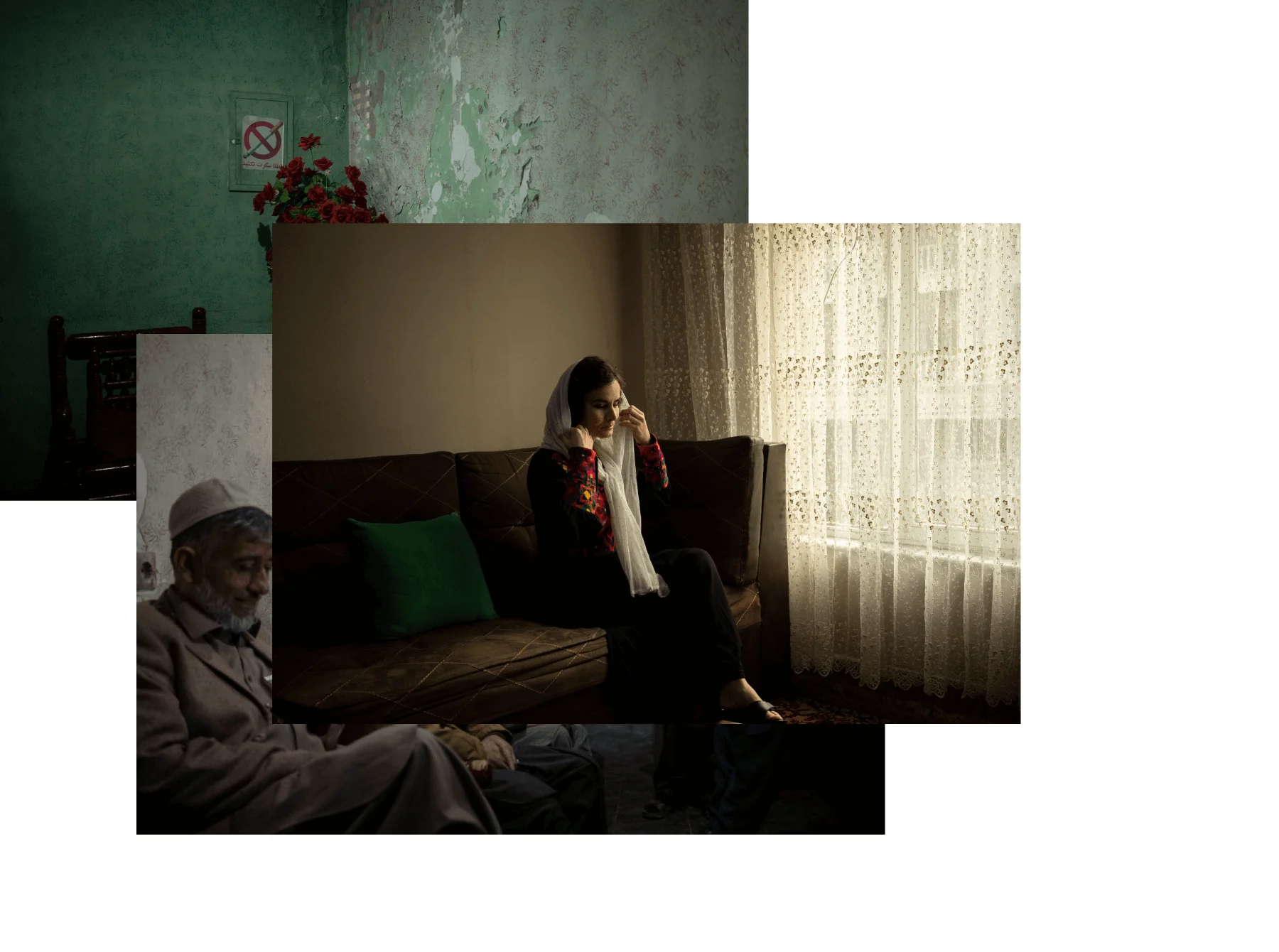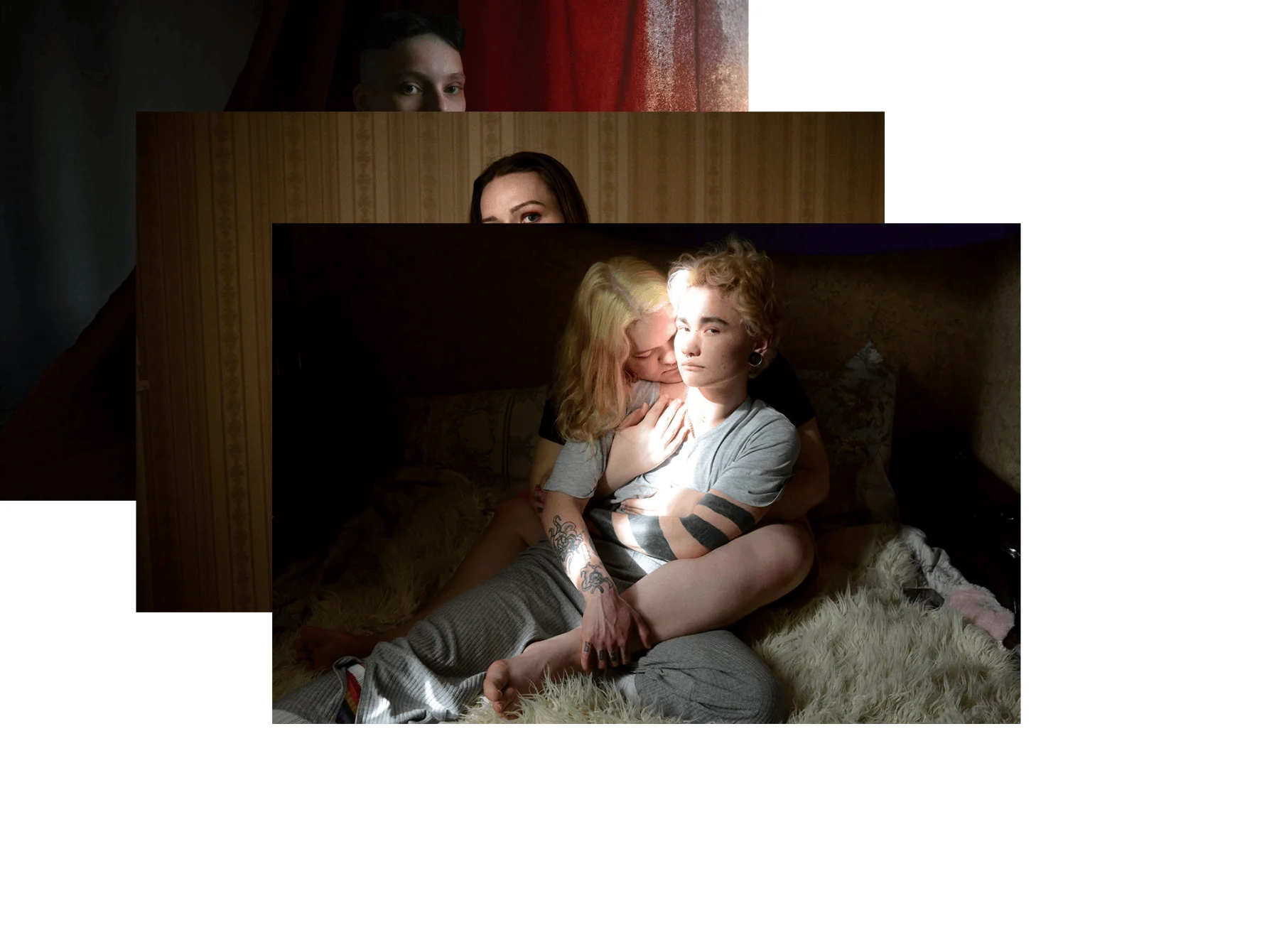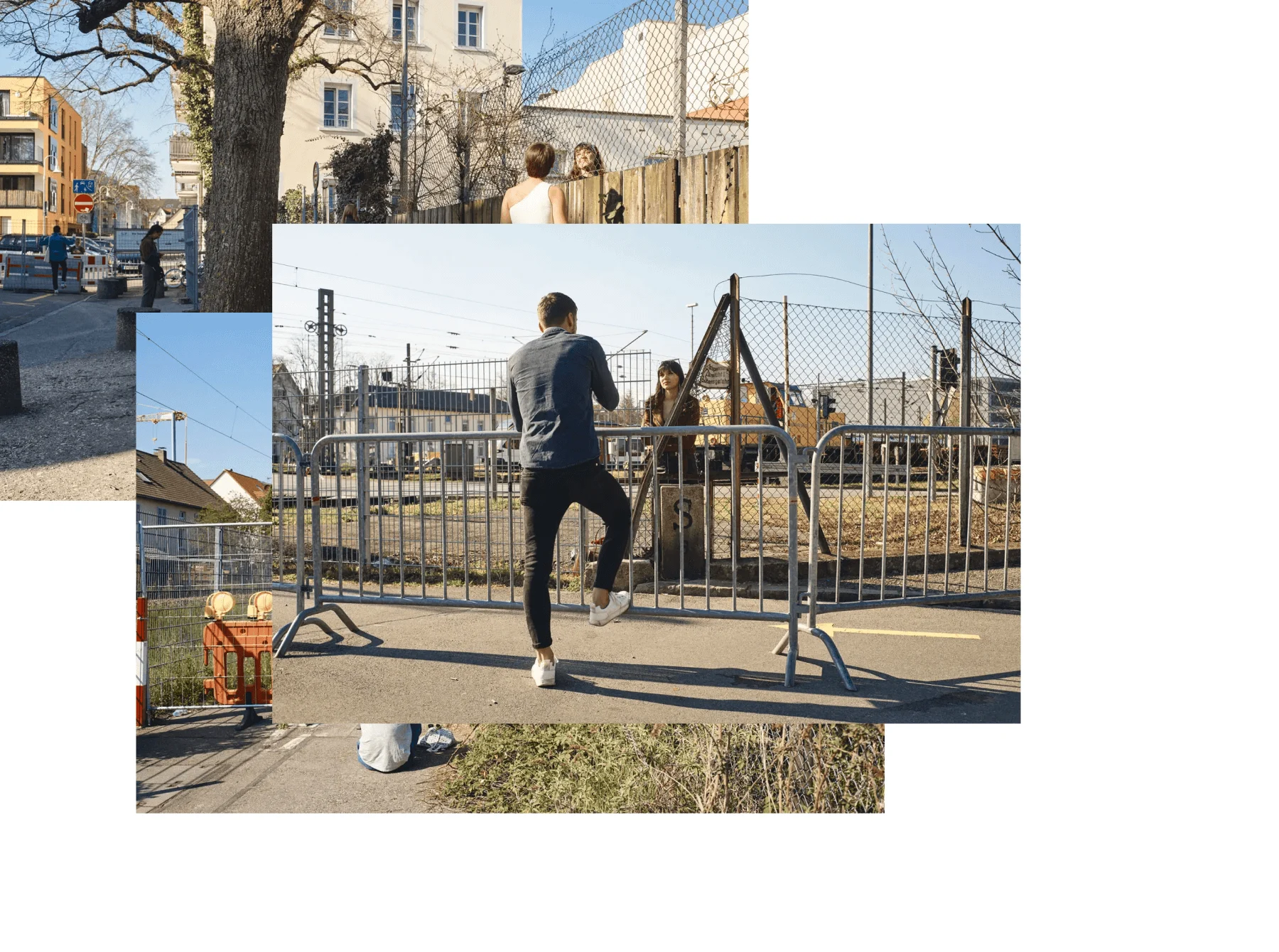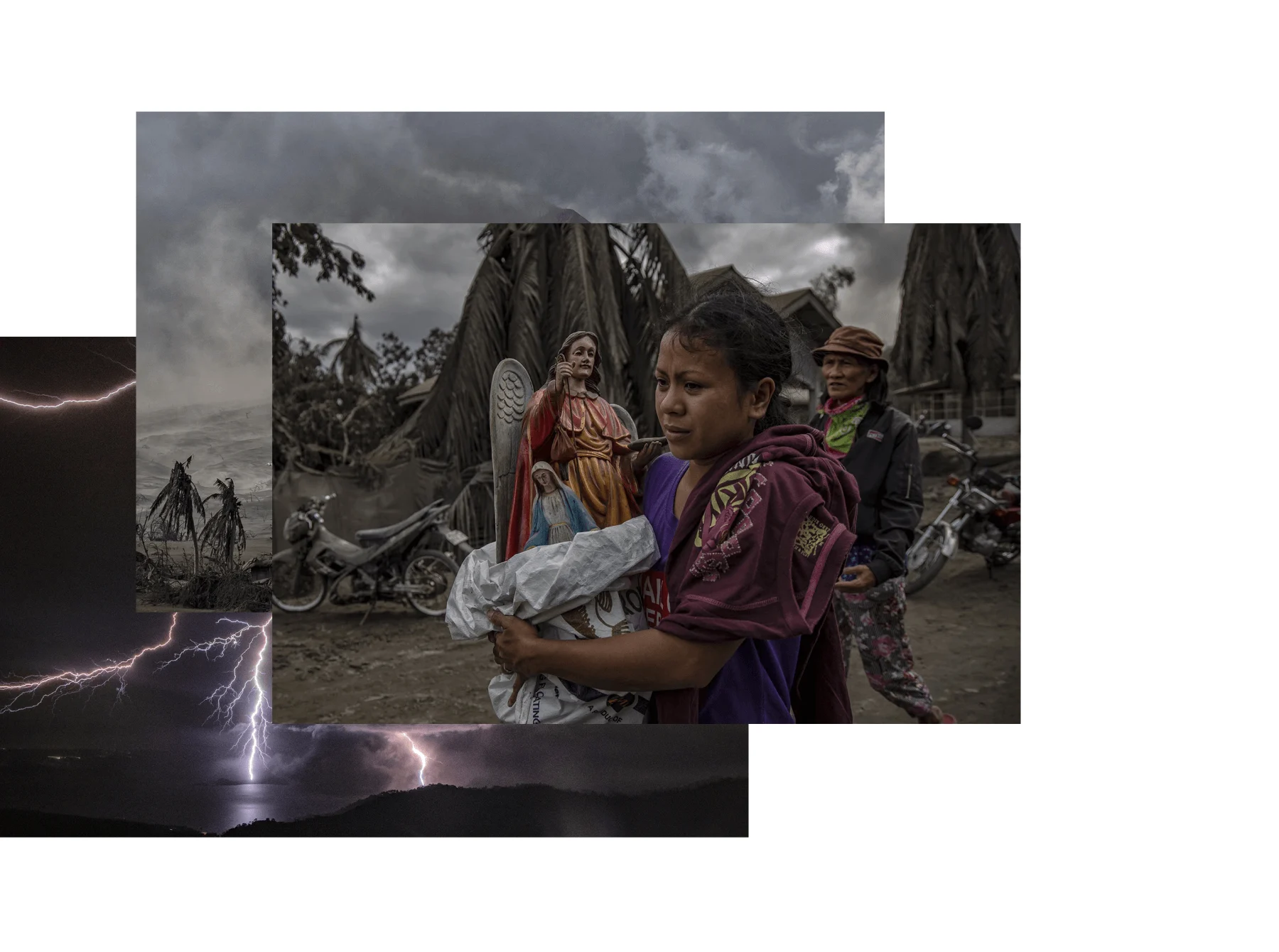

In November 2024, Botafogo, one of Brazil’s most famous football clubs, won the CONMEBOL Libertadores Cup, the highest honor in South American club football, for the first time in its history. Photographer André Coelho was in the Nilton Santos stadium in Rio de Janeiro, packed in with thousands of fans who were unable to travel to the match. He tells Sam Diss what it was like to capture this moment of pure joy and relief for generations of loyal, lifelong, passionate followers.
Since 2016, we’ve partnered with the World Press Photo awards to tell the stories behind the best photojournalism around. Each year, we meet a selection of the winners and hear, in their own words, what went into capturing every monumental shot, from beautiful scenery to watershed historical moments.

It’s easy to mistake the feelings in this photo for joy. The final-whistle bliss of sports fans. But what you’re seeing is relief. On an evening in Rio de Janeiro, in the heart of the Nilton Santos stadium—pure catharsis, something heavy shifting, a curse removed. In the lead-up to the game, photographer André Coelho could feel the tension. “You had all these fans expecting something bad was going to happen,” he tells me. “You support your team, but you are not confident. Not in your heart.”
The story captured by Coelho had been generations in the making. Botafogo, one of Brazil’s biggest, most famous clubs, had a serious case of the yips. In 120 years, they had won just two league titles, and just a year before this photo was taken, they threw away a golden opportunity to make it a third. That collapse created an air of trepidation nobody could shake.

And then, to go from that—to this. The final of the Copa Libertadores, played at River Plate’s Monumental stadium in Buenos Aires. Thousands unable to travel packed the Nilton Santos stadium, giant screens erected in their honor. The Copa Libertadores isn’t just South America’s answer to Europe’s Champions League, where each country’s best teams slug it out. It’s a tournament tangled in stories—of clubs, countries, colonialism; genocide, juntas, dictatorships. It is the Cup of Liberation, literally. A trophy freighted with history. A shot at freedom through glory.
In the final, they played Atlético Mineiro—another Brazilian club, and a strong one. And 29 seconds into the match, Botafogo go down to 10 men—midfielder Gregore shown red for what can only be described as kicking an opponent in the face. Fans’ worst fears seemed confirmed: the curse wouldn’t be lifted this year.
90 minutes later. Redemption. Thousands of Botafogo fans embracing on the pitch. Their team over a thousand miles away. Their hearts stretching just as far. About as sacred as a watch party gets. Coelho was watching. As a Brazilian, he knew how important football was to these people. And, as a photojournalist with over three decades of experience, he knew you had to approach that kind of intensity with care.

Take the two figures at the front of this photo: one man cradling another, their faces contorted with emotion. The shirtless fan, his club’s crest tattooed on his shoulder, holds his crying comrade to his chest, eyes closed, face turned upwards. It evokes something biblical, like Michelangelo’s “Pietà”—one figure holding another with its protective, almost mournful posture. Vulnerability cradled by strength. “These two guys didn’t know each other until this match,” says Coelho. “But if you see this hug, this photo, you could think it was two brothers or a father and son or childhood friends. But it’s not.”
The photographer resisted the urge to run up to them, a telephoto lens in their faces. And for that restraint, he was able to see what unfolded around them. The magical milieu that turns a good photo into a great one. To the foreground duo’s left and right, they are flanked by couples: one on his knees, kissing his partner’s pregnant belly; another hugging with all their might, the man’s shoulders bare and straining, the woman’s face shining in the floodlights. Behind them, a man wipes tears from his cheeks with the edge of a flag. Everywhere you look, there’s something happening. Hands clenched, eyes closed, bodies bent toward one another, not for balance, but for belonging. A trophy not just for them, but for their ancestors—for generations who never touched greatness.


Each fan in this photo represents thousands.
“Each fan in this photo represents thousands,” Coelho says. It’s not just a cliché—football as religion. “This shows how important Botafogo really is in their lives.” It’s a photo about victory, yes, but not triumph. What Coelho captured wasn’t celebration. It was something more fragile and enduring. The kind of release that drops you to your knees. That makes you hold the stranger next to you like family. And in the middle of it all, a benediction. Passed not from above, but from one person to another. “It’s not only football,” Coelho says. “This is something you live with forever.”
